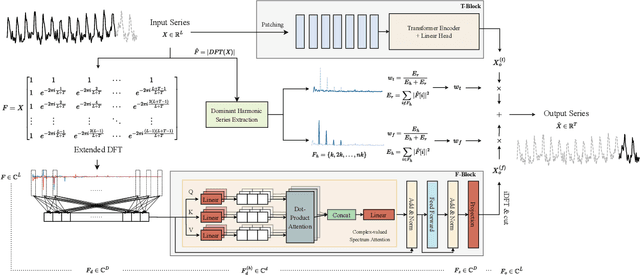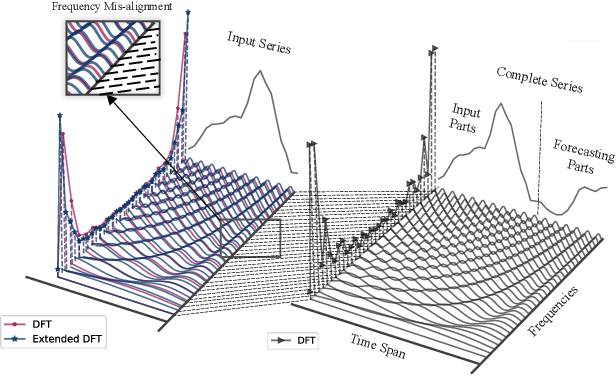Shijin Gong
Deep Generative Demand Learning for Newsvendor and Pricing
Nov 13, 2024Abstract:We consider data-driven inventory and pricing decisions in the feature-based newsvendor problem, where demand is influenced by both price and contextual features and is modeled without any structural assumptions. The unknown demand distribution results in a challenging conditional stochastic optimization problem, further complicated by decision-dependent uncertainty and the integration of features. Inspired by recent advances in deep generative learning, we propose a novel approach leveraging conditional deep generative models (cDGMs) to address these challenges. cDGMs learn the demand distribution and generate probabilistic demand forecasts conditioned on price and features. This generative approach enables accurate profit estimation and supports the design of algorithms for two key objectives: (1) optimizing inventory for arbitrary prices, and (2) jointly determining optimal pricing and inventory levels. We provide theoretical guarantees for our approach, including the consistency of profit estimation and convergence of our decisions to the optimal solution. Extensive simulations-ranging from simple to complex scenarios, including one involving textual features-and a real-world case study demonstrate the effectiveness of our approach. Our method opens a new paradigm in management science and operations research, is adaptable to extensions of the newsvendor and pricing problems, and holds potential for solving other conditional stochastic optimization problems.
ATFNet: Adaptive Time-Frequency Ensembled Network for Long-term Time Series Forecasting
Apr 08, 2024



Abstract:The intricate nature of time series data analysis benefits greatly from the distinct advantages offered by time and frequency domain representations. While the time domain is superior in representing local dependencies, particularly in non-periodic series, the frequency domain excels in capturing global dependencies, making it ideal for series with evident periodic patterns. To capitalize on both of these strengths, we propose ATFNet, an innovative framework that combines a time domain module and a frequency domain module to concurrently capture local and global dependencies in time series data. Specifically, we introduce Dominant Harmonic Series Energy Weighting, a novel mechanism for dynamically adjusting the weights between the two modules based on the periodicity of the input time series. In the frequency domain module, we enhance the traditional Discrete Fourier Transform (DFT) with our Extended DFT, designed to address the challenge of discrete frequency misalignment. Additionally, our Complex-valued Spectrum Attention mechanism offers a novel approach to discern the intricate relationships between different frequency combinations. Extensive experiments across multiple real-world datasets demonstrate that our ATFNet framework outperforms current state-of-the-art methods in long-term time series forecasting.
Towards Optimal Neural Networks: the Role of Sample Splitting in Hyperparameter Selection
Jul 15, 2023Abstract:When artificial neural networks have demonstrated exceptional practical success in a variety of domains, investigations into their theoretical characteristics, such as their approximation power, statistical properties, and generalization performance, have made significant strides. In this paper, we construct a novel theory for understanding the effectiveness of neural networks by discovering the mystery underlying a common practice during neural network model construction: sample splitting. Our theory demonstrates that, the optimal hyperparameters derived from sample splitting can enable a neural network model that asymptotically minimizes the prediction risk. We conduct extensive experiments across different application scenarios and network architectures, and the results manifest our theory's effectiveness.
 Add to Chrome
Add to Chrome Add to Firefox
Add to Firefox Add to Edge
Add to Edge